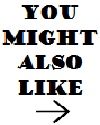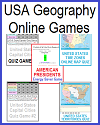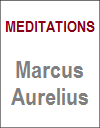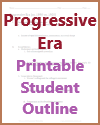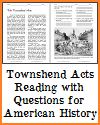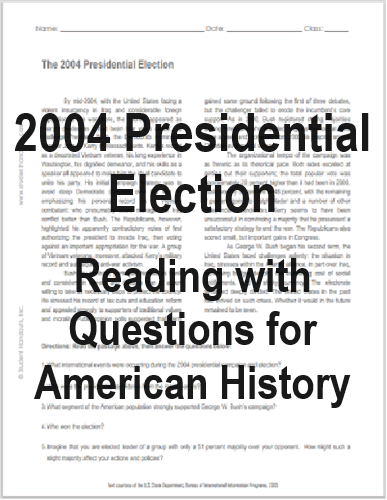 By mid-2004, with the United States facing a violent insurgency in Iraq and considerable foreign opposition to the war there, the country appeared as sharply divided as it had been four years earlier. To challenge President Bush, the Democrats nominated Senator John F. Kerry of Massachusetts. Kerry's record as a decorated Vietnam veteran, his long experience in Washington, his dignified demeanor, and his skills as a speaker all appeared to make him the ideal candidate to unite his party. His initial campaign strategy was to avoid deep Democratic divisions over the war by emphasizing his personal record as a Vietnam combatant who presumably could manage the Iraq conflict better than Bush. The Republicans, however, highlighted his apparently contradictory votes of first authorizing the president to invade Iraq, then voting against an important appropriation for the war. A group of Vietnam veterans, moreover, attacked Kerry's military record and subsequent anti-war activism.
By mid-2004, with the United States facing a violent insurgency in Iraq and considerable foreign opposition to the war there, the country appeared as sharply divided as it had been four years earlier. To challenge President Bush, the Democrats nominated Senator John F. Kerry of Massachusetts. Kerry's record as a decorated Vietnam veteran, his long experience in Washington, his dignified demeanor, and his skills as a speaker all appeared to make him the ideal candidate to unite his party. His initial campaign strategy was to avoid deep Democratic divisions over the war by emphasizing his personal record as a Vietnam combatant who presumably could manage the Iraq conflict better than Bush. The Republicans, however, highlighted his apparently contradictory votes of first authorizing the president to invade Iraq, then voting against an important appropriation for the war. A group of Vietnam veterans, moreover, attacked Kerry's military record and subsequent anti-war activism.
Bush, by contrast, portrayed himself as frank and consistent in speech and deed, a man of action willing to take all necessary steps to protect the country. He stressed his record of tax cuts and education reform and appealed strongly to supporters of traditional values and morality. Public opinion polls suggested that Kerry gained some ground following the first of three debates, but the challenger failed to erode the incumbent's core support. As in 2000, Bush registered strong majorities among Americans who attended religious services at least once a week and increased from 2000 his majority among Christian evangelical voters.
The organizational tempo of the campaign was as frenetic as its rhetorical pace. Both sides excelled at getting out their supporters; the total popular vote was approximately 20 percent higher than it had been in 2000. Bush won by 51 percent to 48 percent, with the remaining 1 percent going to Ralph Nader and a number of other independent candidates. Kerry seems to have been unsuccessful in convincing a majority that he possessed a satisfactory strategy to end the war. The Republicans also scored small, but important gains in Congress.
As George W. Bush began his second term, the United States faced challenges aplenty: the situation in Iraq, stresses within the Atlantic alliance, in part over Iraq, increasing budget deficits, the escalating cost of social entitlements, and a shaky currency. The electorate remained deeply divided. The United States in the past had thrived on such crises. Whether it would in the future remained to be seen.
|
 By mid-2004, with the United States facing a violent insurgency in Iraq and considerable foreign opposition to the war there, the country appeared as sharply divided as it had been four years earlier. To challenge President Bush, the Democrats nominated Senator John F. Kerry of Massachusetts. Kerry's record as a decorated Vietnam veteran, his long experience in Washington, his dignified demeanor, and his skills as a speaker all appeared to make him the ideal candidate to unite his party. His initial campaign strategy was to avoid deep Democratic divisions over the war by emphasizing his personal record as a Vietnam combatant who presumably could manage the Iraq conflict better than Bush. The Republicans, however, highlighted his apparently contradictory votes of first authorizing the president to invade Iraq, then voting against an important appropriation for the war. A group of Vietnam veterans, moreover, attacked Kerry's military record and subsequent anti-war activism.
By mid-2004, with the United States facing a violent insurgency in Iraq and considerable foreign opposition to the war there, the country appeared as sharply divided as it had been four years earlier. To challenge President Bush, the Democrats nominated Senator John F. Kerry of Massachusetts. Kerry's record as a decorated Vietnam veteran, his long experience in Washington, his dignified demeanor, and his skills as a speaker all appeared to make him the ideal candidate to unite his party. His initial campaign strategy was to avoid deep Democratic divisions over the war by emphasizing his personal record as a Vietnam combatant who presumably could manage the Iraq conflict better than Bush. The Republicans, however, highlighted his apparently contradictory votes of first authorizing the president to invade Iraq, then voting against an important appropriation for the war. A group of Vietnam veterans, moreover, attacked Kerry's military record and subsequent anti-war activism.